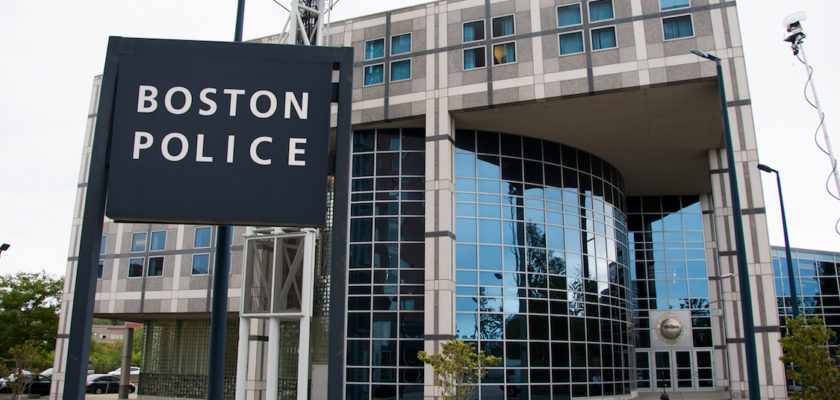By Alex Eng, deputy city editor
After ramping up its homicide detective units, the Boston Police Department (BPD) has increased its homicide solution rate by 10 percent, according to a study co-authored by Northeastern School of Criminology and Criminal Justice director Anthony Braga and Northeastern alum and BPD Deputy Chief of Staff Desiree Dusseault.
“I was surprised that [BPD] took such a serious and hard look at […] existing policy and practices,” Braga said. “And that they were willing to engage with an outside researcher to help them with that process.”
BPD credited Braga and Northeastern researchers for helping them improve their homicide unit.
“The [homicide] unit received additional resources, training and personnel in attempts to provide the detectives with the tools they needed to clear more cases. The new, bolstered Homicide Unit has responded with positive results,” BPD said in a statement on its website.
The study, titled “Can Homicide Detectives Improve Homicide Clearance Rates?,” was published late November 2016 in Crime & Delinquency, a bi-monthly research journal covering criminology and criminal justice. It was ranked 22nd out of 57 criminology and penology research papers, according to the 2016 Release of Journal Citation Reports.
“The BPD homicide unit increased the yearly Boston homicide clearance rate by nearly 10 percent […] and by more than 18 percent when the clearance rate definition was extended to include those cases awaiting grand jury decisions,” the study concluded.
Braga and Dusseault reviewed every Boston homicide case from 2007 to 2011 with BPD detectives to see which practices, such as detective training, needed improvement. The researchers analyzed data, such as response time, number of homicide detectives and number of interviewed witnesses, with the advice of Northeastern Associate Professor of Criminology and Criminal Justice Greg Zimmerman, according to the study.
Following the reviews, BPD added more detectives, a civilian crime analyst, a victim-witness resources officer and enforcing standard protocol for homicide detective work.
BPD also incorporated new technologies, such as 3D bullet trajectory reconstruction models, increased DNA analyses and video and cellphone data analysis labs, the Boston Globe reported in December.
Braga began researching prior to accepting his position at the Northeastern School of Criminology and Criminal Justice in July 2016, along with student researchers from the John F. Kennedy School of Government at Harvard University and a graduate student from the School of Criminal Justice at Rutgers University. He finished the project over the summer before its publication in the fall.
Although Braga said that no Northeastern student researchers worked on this research project, students are currently aiding him in an ongoing, extensive analysis of the efficacy and impact of BPD body camera usage.
“We’re going to be evaluating whether the cameras have any impacts on officer behaviors and citizen behaviors in encounters,” Braga said. “There are some folks who think that when you put cameras on officers, they’re going to be less proactive. Cameras might influence the likelihood of an arrest.”
Freshman behavioral neuroscience major Jenny Yang was surprised by the strong cooperation between Northeastern and BPD in co-authoring the study.
“It’s very interesting that academic research was applied so directly and so quickly to public policy in this case,” she said. “When you have people denying climate change in Congress, it’s good to see that here in Boston public officials believe in the value of research.”
Cooperation with academia for the sake of investigative improvements is typically rare of local police departments, Braga said.
“It’s an area where very few police departments are willing to take a real, in-depth look at how their investigators are handling cases,” he said. “The Boston police has a history of collaborating with researchers and are generally very open.”









